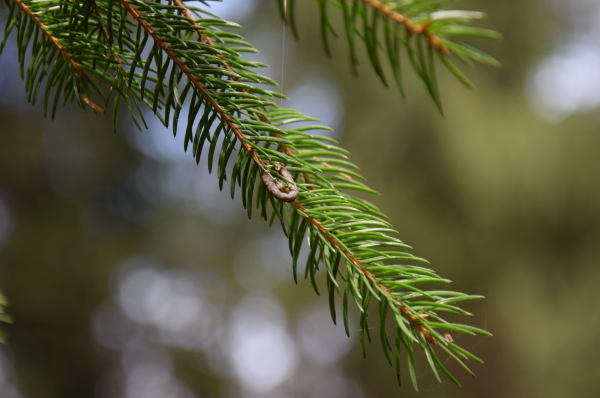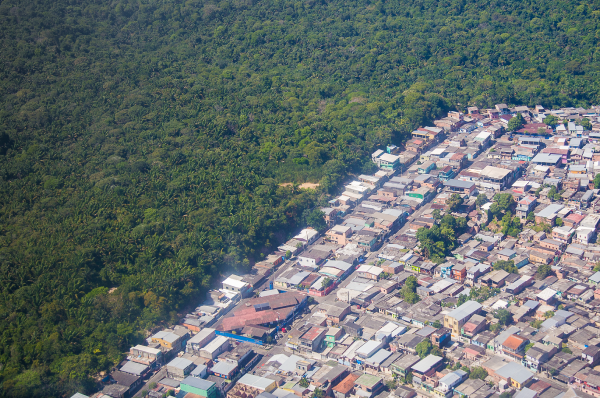To access the other sheets in the Forest Regions module, consult the See Also section.
A forest region is a territory where both forest activities and forest management activities, such as logging, take place.
-
A forest activity is an activity carried out in a forest, such as forest exploitation, recreation or mushroom picking.
-
A recreational activity is something people do for fun and relaxation.
-
Forest management refers to all of the economic activities related to the production and processing of wood.

Hiking is an example of a recreational activity in a forest region.
Source: Le Manna, Shutterstock.com
There are many threats to the world’s forest regions. Some of them are natural, while others are anthropic, which means these are caused by human activity.
The spruce budworm is a natural threat to spruce forests.

This insect attacks softwood buds and needles. It kills many conifers in North American forests. Spruce budworm epidemics are cyclical, occuring in Quebec every 30 years or so.
Source: Wandering Wolf, Shutterstock.com
Deforestation is a threat caused by human activity.

The expansion of big cities is one of the causes of deforestation around the world.
Source: Diogo Lagroteria, Shutterstock.com
Deforestation refers to the human action of permanently eliminating an area of forest.
In this module, a threat refers to a specific situation, such as a forest fire threatening a forest region. An issue refers to a broader situation, such as how different activities in a forest region can coexist in harmony.
In geography, an issue is a problem related to the use or the planning and development of a territory. An issue can be environmental, economic, political, social, etc.
While each forest has its own realities, the issue related to forests around the world is how to manage them to ensure the harmonious coexistence of various activities.
The characteristics, planning and development and issues of forest regions are explored in greater detail through the case studies of the forest regions of Quebec, British Columbia and Amazonia.
To access the rest of the module, you can check out the following concept sheets.